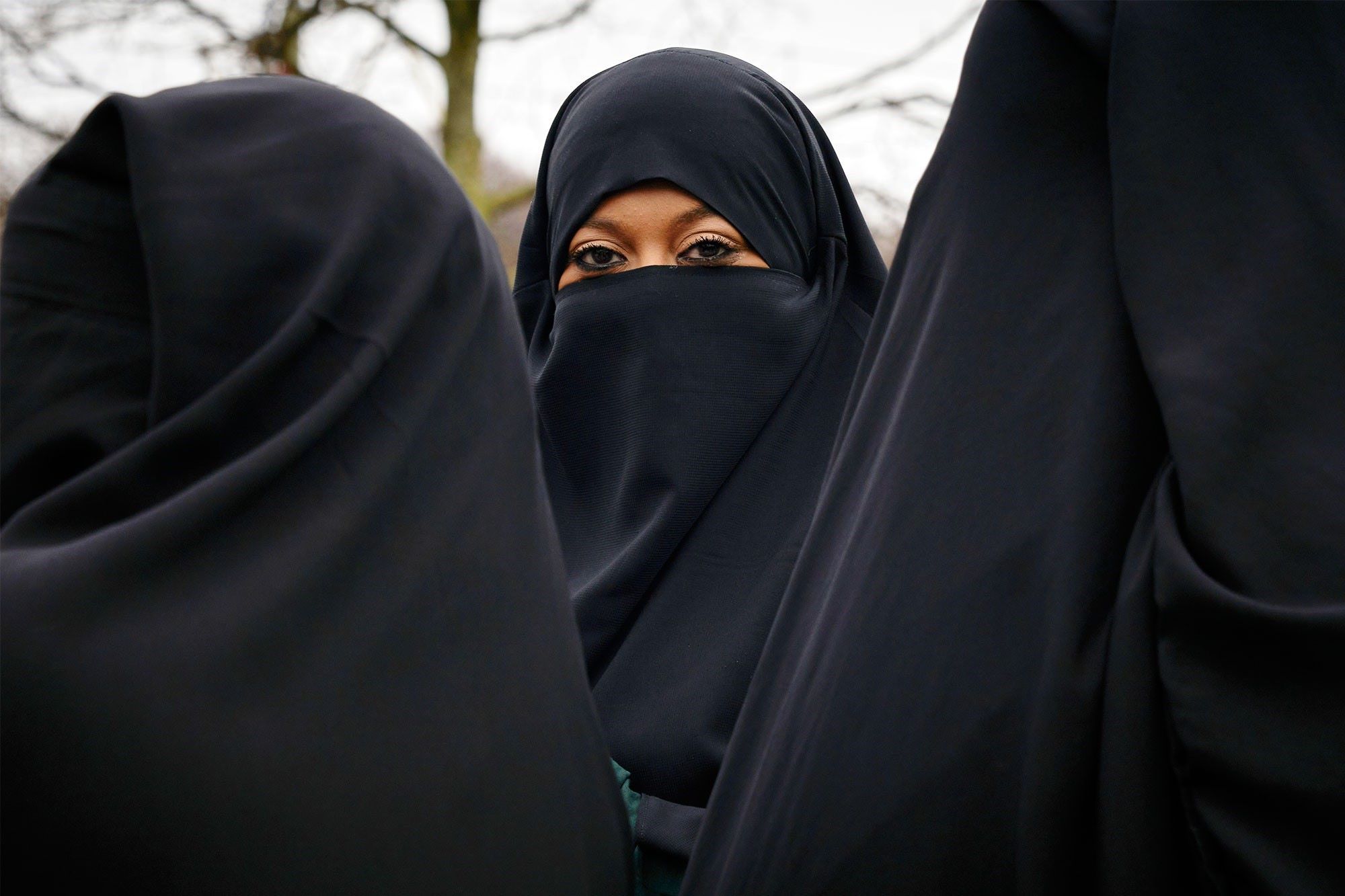Unraveling The Mysteries Of The Hijab, Niqab, And Burka

Have you ever wondered about the differences between the hijab, niqab, and burka? These terms often get mixed up, but each one has its own unique meaning and cultural significance. The hijab is a headscarf that covers the hair and neck but leaves the face clear. The niqab covers the face, leaving only the eyes visible. The burka is the most covering, concealing the entire body and face with a mesh screen to see through. Understanding these garments helps appreciate the rich diversity within Muslim communities. Let's dive deeper into what makes each one special and why they are worn.
Understanding the Hijab
The hijab is a common form of headscarf worn by many Muslim women. It covers the hair, neck, and sometimes shoulders, leaving the face visible. This practice is rooted in modesty and religious beliefs. Let's explore some places where the hijab is widely worn and appreciated.
Middle East: Countries like Saudi Arabia, Iran, and UAE have a significant number of women wearing the hijab. It's a cultural norm and often legally required in public spaces.
Southeast Asia: In Indonesia and Malaysia, the hijab is a common sight. These countries have large Muslim populations where the hijab is both a religious and cultural symbol.
Western Countries: In the US, UK, and Canada, many Muslim women choose to wear the hijab. It represents their faith and identity, often sparking conversations about freedom and diversity.
Exploring the Niqab
The niqab is a face veil that leaves only the eyes visible. It's worn by some Muslim women as an expression of their faith and modesty. Let's look at regions where the niqab is prevalent.
Saudi Arabia: The niqab is widely worn here, especially in more conservative areas. It aligns with the country's strict interpretation of Islamic law.
Yemen: Many women in Yemen wear the niqab as part of their traditional attire. It reflects their cultural and religious values.
Western Europe: In countries like France and Belgium, the niqab has been a topic of debate. Some women wear it despite legal restrictions, highlighting issues of religious freedom and personal choice.
Discovering the Burka
The burka is the most concealing of all Islamic veils. It covers the entire face and body, with a mesh screen to see through. This garment is less common but still significant in certain regions.
Afghanistan: The burka is most commonly associated with Afghanistan. Many women wear it due to cultural traditions and, in some areas, societal pressure.
Pakistan: In rural areas of Pakistan, the burka is worn by some women. It reflects a blend of cultural practices and religious beliefs.
India: In parts of India, particularly in regions with significant Muslim populations, the burka is worn by some women. It represents their commitment to modesty and faith.
Cultural Significance and Modern Perspectives
The hijab, niqab, and burka each carry deep cultural and religious significance. They are more than just pieces of cloth; they represent identity, faith, and personal choice. Understanding these garments helps foster respect and appreciation for diverse practices around the world.
Turkey: In Turkey, the hijab has seen a resurgence among younger generations. It symbolizes a blend of modernity and tradition.
Egypt: Egyptian women often wear the hijab, balancing contemporary fashion with religious observance. The niqab is also seen, though less commonly.
Morocco: Moroccan women wear a variety of veils, including the hijab and niqab. These garments reflect the country's rich cultural tapestry and Islamic heritage.
Understanding and Respecting Cultural Attire
Learning about the hijab, niqab, and burka helps us appreciate the rich cultural and religious significance behind these garments. Each piece of attire carries its own history, meaning, and purpose, reflecting the diversity within the Muslim community. Respecting these choices fosters a more inclusive and understanding society.
Whether it's the hijab's expression of modesty, the niqab's deeper level of privacy, or the burka's full-body coverage, each garment is a personal and meaningful choice for many women. By educating ourselves and others, we can break down stereotypes and promote a culture of respect and acceptance.
Next time you see someone wearing a hijab, niqab, or burka, remember the importance of these garments and the values they represent. Understanding leads to respect, and respect leads to a more harmonious world.

